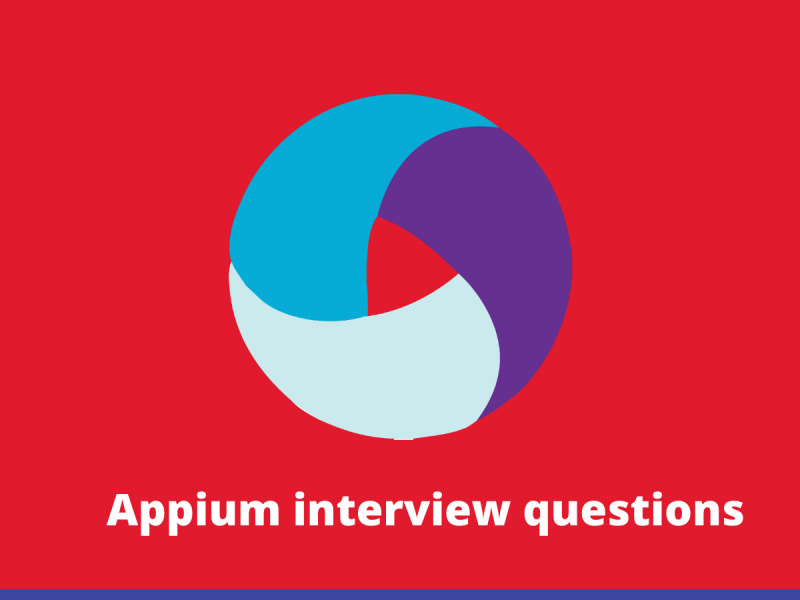Appium is a well documented open-source automation tool for executing scripts and testing native applications and hybrid applications on both Android and iOS. Appium uses web drivers to operate. It was originally developed on the popular programming language C# under the name “iOS Auto” in the year 2011. It was open-sourced in August 2012 using the Apache 2 license and in the year 2013, Appium’s development was funded by Sauce Labs and it was rewritten using Node.js after which this tool gained much popularity and fame in the field of application development.
It is built on the idea that testing native applications must not need including a software development kit or recompilation of the application enabling the application to use preferred test practices, frameworks, and other software development tools. It has a great advantage of automating any mobile application from any computer language and any test framework. Appium also gives full access to back end API and all the databases. So it is a great opportunity for coders, developers as well as enthusiasts to work under this prestigious company. But Appium interview questions are a little bit tricky and hard to crack. So here are a few questions that may be asked in the interview

